A new crop of Zumba studios have taken root in South LA,
helping people lose weight and transform their lives.
This article was recently featured in the Huffington Post’s “What’s Working” campaign. It originally appeared on Intersections on October 30, 2014.
“She used to be fat!” a woman said after Patricia Campos’ class on a recent weekday morning, nudging her elbow at a fellow student.
“No, I used to be fat!” a friend chimed in.
“I was fat, too!” added another.
Just minutes prior, the trio of 30-somethings were among 20 women clad in black leggings and neon hued tops twisting side to side as a Dominican cumbia song blasted from the stereo.
“Get movin’!” commanded Campos in Spanish, pointing to one women’s waist with a mock serious expression of indignation.
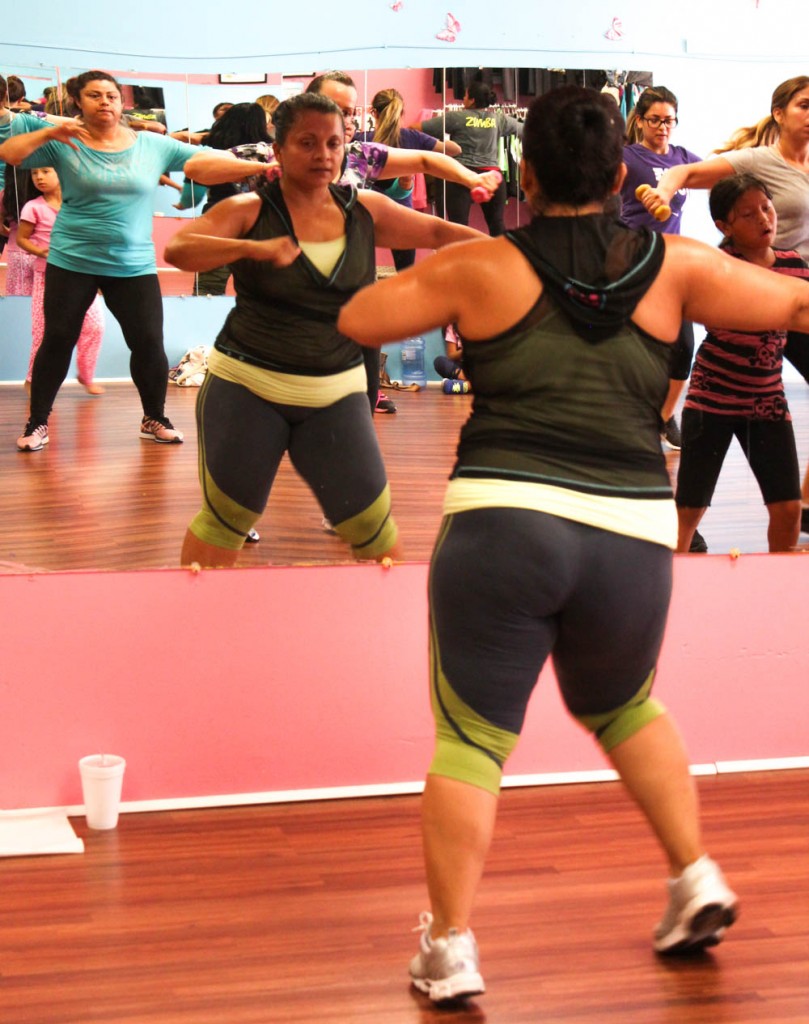
Patricia Campos tells her students: “Forget about your kids, about your husband, forget about your work. Give yourself up. This hour is yours, enjoy it.” | Daina Beth Solomon
Campos herself bounced with energy, demonstrating each routine without resting between numbers. She paused only to snag a paper towel with her foot and wipe it across the floor to soak up flying beads of sweat.
Nearly 40 Zumba studios have cropped up in the 50-square-mile region of South L.A. over the past few years, offering homegrown exercise facilities in an area that had long lacked affordable options. In an area of Los Angeles where the population faces a surfeit of obesity, the classes may be one way Angelenos in South L.A. can work toward shrinking their waistlines. [Read more…]









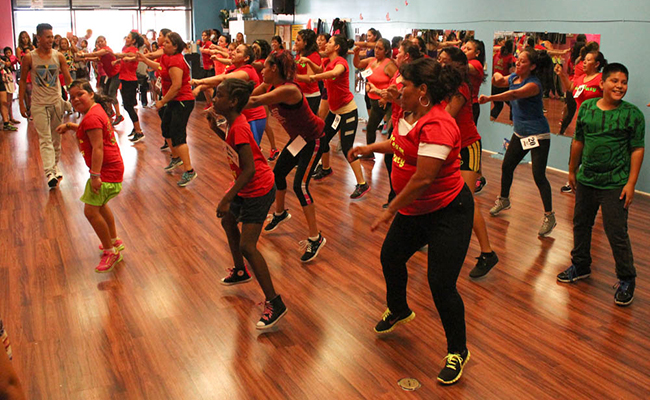

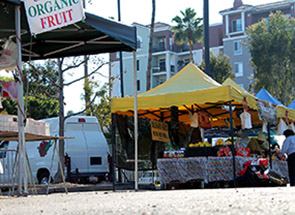
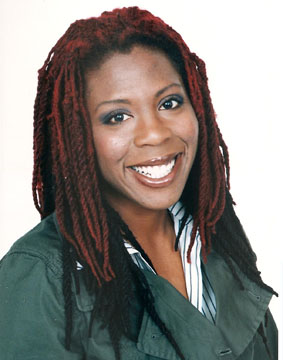
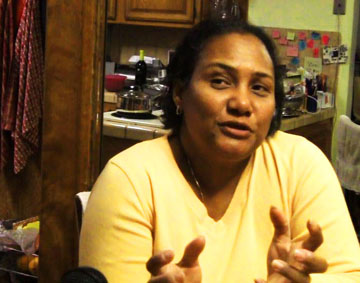 South LA resident Donna Washington is one of many disappointed by the lack of quality produce available in her community.
South LA resident Donna Washington is one of many disappointed by the lack of quality produce available in her community.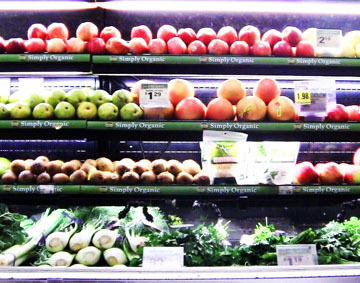 Produce from a high-quality Ralphs.
Produce from a high-quality Ralphs.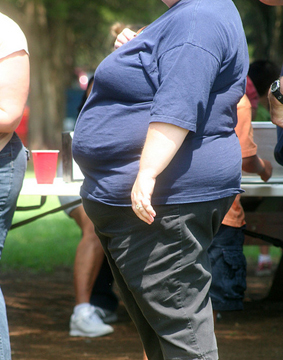 By Eddie North-Hager
By Eddie North-Hager By Eddie North-Hager
By Eddie North-Hager




